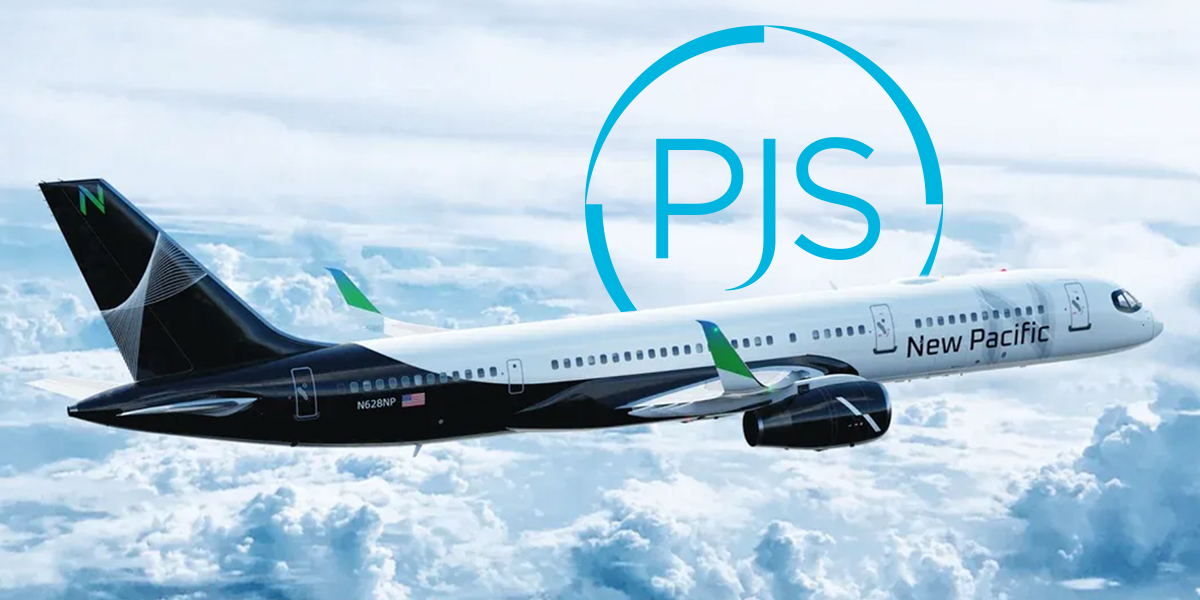The private jet industry is changing. We are sitting at the tail end of a global pandemic where travel of nearly all kinds halted and then took a swift upturn in recent months. This increase in demand has spurred a severe industry-wide private jet shortage, making it one of the most important times to understand the private aviation options available to you.
Outside of full aircraft ownership, two private jet options stand out as viable choices at this time — fractional share ownership and on-demand charters.
What is fractional ownership?
The fractional share is a co-ownership model for an aircraft where an individual or business buys an interest in the asset. For that share, an owner can use the aircraft for a pro-rated number of hours split between all parties who own a share. Each owner’s share also covers purchasing, leasing and operating costs.
It seems appealing, right?
Owning fractional shares comes across as a low barrier to entry for those new to private aviation. It is also an easy way to access supplemental lift for those who already own other aircraft.
Yet, while fractional share programs boast many attractive benefits, this private aviation solution is far more complex than its packaging. There are frequently many additional elements to consider when weighing all the aviation solutions.
Fractional vs. Charter
Charter is not always better than a fractional share and vice versa. However, charters provide more flexibility and lessen certain financial risks.
Let’s look at these two points of comparison:
1. Flexibility & Convenience
-
- Fractional — In a fractional share, users commit to a single aircraft. Users have interchange on the closed-fleet under some agreements but at a premium. If a user’s flight activity varies frequently, then a fractional share may be inefficient as minimums accrue on short itineraries that may not require a large aircraft. Otherwise, pay premiums to upgrade to a larger cabin aircraft or downgrade to a smaller cabin aircraft.
- Charter — Fractional ownership typically guarantees an aircraft within a specified amount of time. Ad hoc private jet charter means one could charter an aircraft from any local airport and be in the air within an hour, providing more wiggle room and guaranteed lift for last-minute needs.
2. Additional Fees
- Fractional — In addition to paying an initial large share in the aircraft, owners pay an Hourly Rate Charge or an Occupied Hourly Charge whenever they use any of their allotted flying hours. While there is security in knowing the hourly rate and fuel surcharges in advance, the owner is paying additional rates on top of the cost of “owning” the aircraft. Fractional owners can also expect additional monthly fees to fall in line to support management and the entire overhead of the aircraft.
- Charter — Charter is an excellent option for those who do not want a long-term commitment or contract. Charters also provide freedom from costly overheads, monthly management fees and reliance on the residual value of an aircraft.
Ultimately, the choice is up to the purchaser, but weighing the options down to even the finite details when investing time and money is essential. That’s why PJS offers a unique consultancy approach using over a decade of experience to chart individualized solutions for every scenario by determining the most meaningful metrics to each organization so that you can make the most well-informed purchase decision.
For more points of comparison and a deeper understanding of these two private aviation options, access the full whitepaper here.




